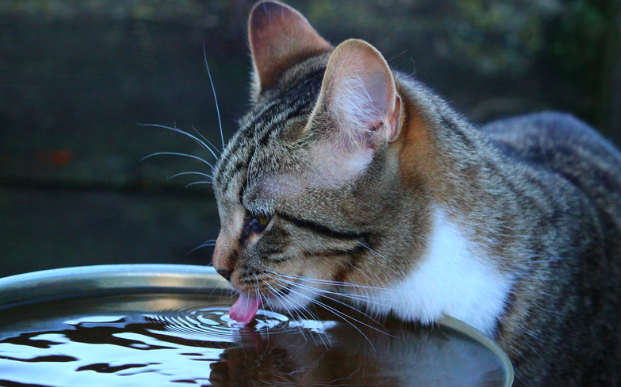What Is It About Cats And Water That Makes Them So Fearful?
Why does your cat hate water
However, is it true that cats and water don’t get along? Why do cats despise water so much if this is the case? It’s critical to distinguish fact from myth while trying to understand why many cats are reluctant to get into the water. Certain varieties of cats, such as Persians, even enjoy taking a dip in the pool.
Water and Cats Have a Discouraging Relationship
Cats dislike water for a variety of reasons, but no one knows for sure why this is the case for the majority of cats.
It is hypothesized by the Canadian Veterinary Medical Association that “The fact that cats originated in hot, dry areas may explain some of the animosity people have toward them.

Some other species of animals, such as birds and mammals, have a better understanding of water because of their early exposure to rivers, lakes, and rain.” In contrast to dogs, which like swimming and can even be trained to work in the water, most cats aren’t keen on getting their paws wet.
A second common explanation is that your dog or cat prefers a neatly groomed coat.
When Cat’S ARE caught in the rain without an umbrella, you know how tough it is to handle wet hair, and cats don’t like it.
If your cat’s coat gets wet, it becomes heavy and inconvenient for her, and drying it might take a long time. About a third of the time a cat spends awake is spent grooming, according to the CVMA. Having to deal with a damp coat is quite challenging.
Getting Your Cat a Bath
What is it about water that your cat doesn’t like?
Another possibility is that your cat dislikes the smell of chemicals in tap water, as noted by Petful: “Cats are also sensitive to scents.” It’s much worse if you throw in shampoos with a plethora of unknown scents.
However, if your cat is in need of a bath, don’t be afraid to give her one. If you have the proper equipment and knowledge, you can accomplish your goal.
Towels, vinyl gloves, a light cleaner, and after-bath snacks are all essential.
However, a trusted friend or family member who will be patient with you and your maybe rambunctious cat is your best bet for a relaxing soak in the tub. In the event that your cat gets herself into a dirty or stinky mess, it is a good idea to know some of the tactics and tips of the trade.
Waterfall Hunting
Your pet may dread getting wet, but she enjoys playing in the water, as any pet parent can tell you.
Even if your cat doesn’t get her paws too wet, she loves to play with running water, whether it’s from the shower or the bathroom faucet. A pet fountain is another fantastic alternative if your cat needs to drink more water.
A cat’s preference for moving water (such as a kitchen sink) over motionless water (such as a bathtub) is explained by experts as a playful curiosity.
Cats are drawn to the sound of water dripping, according to Animal Planet. Your cat may have a predisposition to prefer drinking from a flowing stream than a still one because her instincts tell her that a flowing stream is more likely to contain clean water.
Water Loving Cats
Water is a favourite hunting and cooling tool for their wild animals and their counterparts, such as tigers, although most domestic cats dislike it. The Maine Coon, Bengal, and Abyssinian are just a few of the domestic cat breeds that adore the water and occasionally take a dip in the pool.
“Swimming Cat” is the moniker given to the Turkish Cat, a rare breed of cat that excels in the water. ”
They have a special texture to their cashmere-like coats that make them waterproof and lets them enjoy swimming and other water games,” says The International Cat Association. There is no limit to how far the Turkish van may go in her wetsuit.
Then why do cats despise water so much?
Yours, on the other hand, might not. Once you have a cat in your house, you’ll quickly learn about its likes and dislikes, as well as some new, exciting (and possibly messy) pastimes to play.
Fact-Finding:
Thanks for reading and have a great day! Why does your cat hate water?
Please post your thoughts in the comments section if you have any. Please feel free to share!

